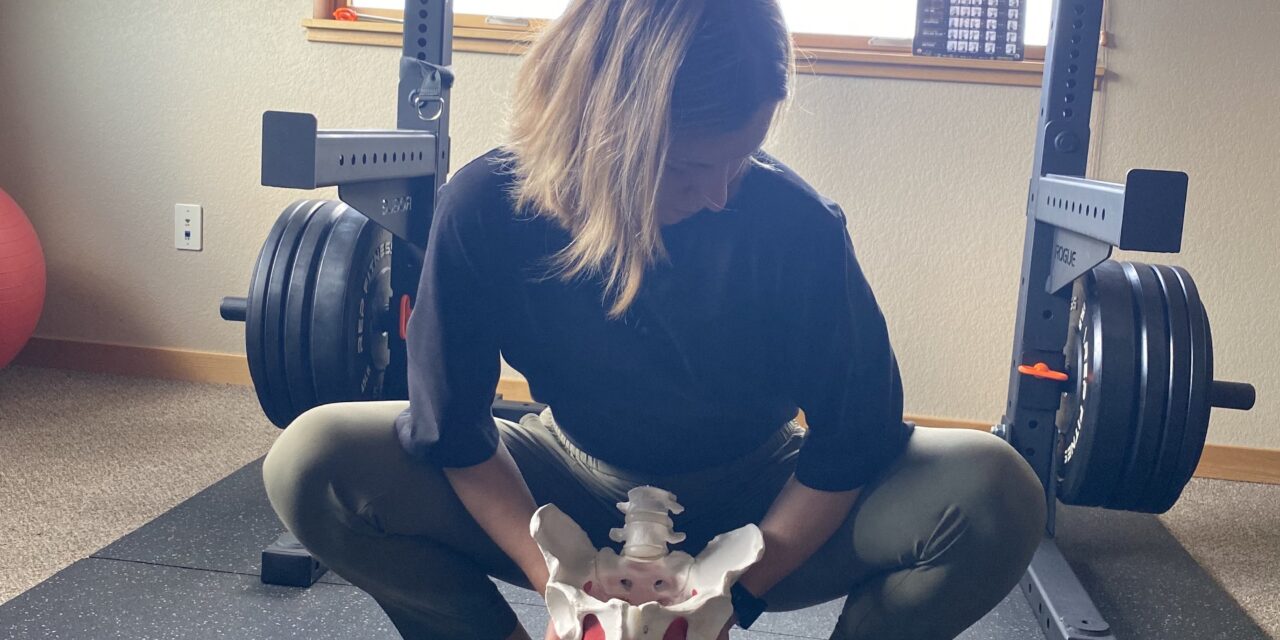Receive a diagnosis of prostatitis for your pelvic pain or urinary dysfunction? Only 8-10% of cases of prostatitis are due to a bacterial infection. If antibiotics didn’t work in relieving symptoms, you may be in the category of ‘chronic prostatitis/chronic pelvic pain syndrome’ (CPPS). What are the symptoms of chronic prostatitis? Bladder symptoms: urgency, frequency,...
How To Decrease Pelvic Floor Muscle Tension
August 2, 2022
At our Boulder pelvic physical therapy clinic, we often see the cause of a pelvic floor dysfunction being tension, not weakness, of pelvic floor muscles. This applies not just to those that identify as female, but those identifying as males as well. Muscles that are holding more tension than they should, cannot properly function. So...
The speciality area of physical therapy, pelvic health, has really increased in popularity and demand in the last decade and with that, the area has grown and evolved in what it treats and how. Pelvic health physical therapy is so much more than just Kegel’s! Along with the evolution of pelvic health physical therapy, comes...
Does cycling contribute to men’s pelvic floor dysfunction? There is conflicting evidence on the effect of cycling and pelvic floor dysfunction in men. As the sport becomes more popular, especially here in Boulder, it is imperative to review the current literature to understand the effect, if any, this sport has on your pelvic floor and...
6 Ways to Reduce Urinary Tract Incontinence
January 11, 2021
6 Ways to Reduce Urge Related Urinary Incontinence By Berrin Boyce, PT, DPT, PRPC Urinary urge incontinence or leaking with a strong sense of urge is estimated to impact 20-30% of women. In clinical practice I frequently work with patients of all genders and ages who experience urge related incontinence that interferes with work, school,...
5 Lower Back Pain Treatments to Reduce Tailbone Pain
November 16, 2020
If you’ve ever experienced the sharp, nagging discomfort of tailbone pain, you know how it can overshadow even the simplest daily activities. From sitting at your desk at work to walking up and down the aisles at the grocery store, every movement can be a reminder of the pain. Thankfully, there are steps you can...
What Are The Best Treatments For Tailbone Pain?
November 16, 2020
Tailbone pain (or coccydynia) is a common issue that can be a result of direct impact/traumatic injury to the tailbone during a fall, prolonged sitting, vaginal childbirth, or develop gradually without any specific cause (insidious/non-traumatic). Mechanical tailbone pain is most common while sitting, or while moving from sitting to standing. Some people will also describe...
Word choice and verbal instruction impacts how one performs a pelvic floor muscle contraction. Previous research on women suggests that around 40% of women do not perform a kegel or pelvic floor muscle contraction correctly with verbal instruction and 25% of them were doing something that would increase the likelihood of leaking such as holding...
What is the best exercise prescription for for reducing incontinence after prostate surgery?
September 3, 2020
According to the American Cancer Society, prostate cancer is the most common cancer in men, aside from skin cancer. A radical prostatectomy (RP) is a common and highly effective treatment for men with prostate cancer in which the prostate is surgically removed. Despite being an effective treatment option, it is not without negative side effects...
A radical prostatectomy is a common treatment option for prostate cancer in which the prostate is surgically removed. It is well known that following catheter removal after surgery, many men will experience moderate to significant amounts of involuntary urinary loss following surgery that can last from weeks to years. Hunter et al. in 2004 wrote...


